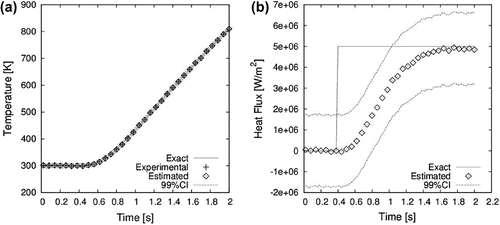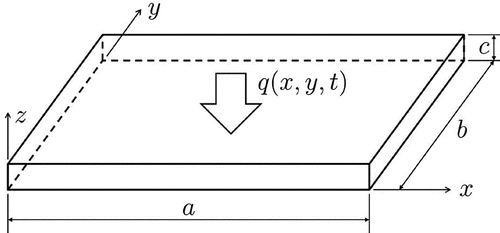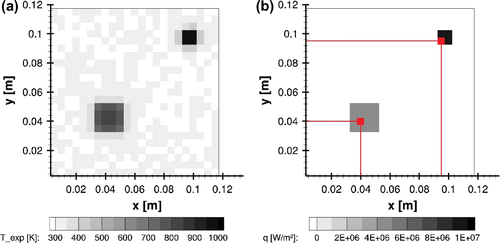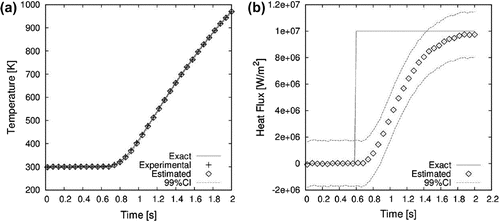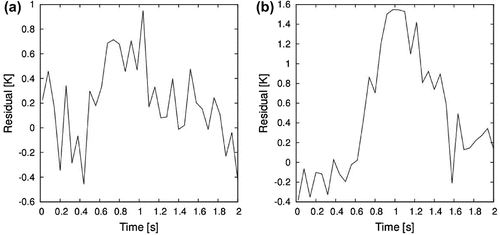Figures & data
Table 1. Parameters of the heat flux used for case#1.
Figure 3. Case#1 estimates at s using the classical lumped analysis: (a) temperature and (b) heat flux.
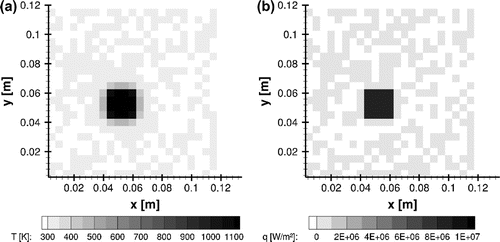
Figure 4. Case#1 time evolution of temperature at z = 0 (a) and heat flux (b) at the selected control volume using the classical lumped analysis.
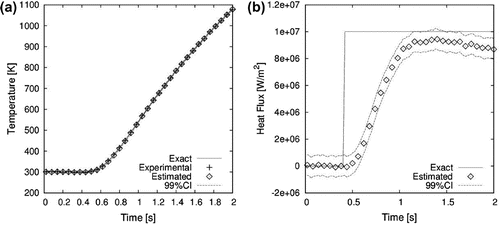
Figure 5. Case#1 analysis of the residuals from classical lumped analysis with heat flux W m
: (a) spatial distribution at
s and (b) time evolution at the selected control volume.
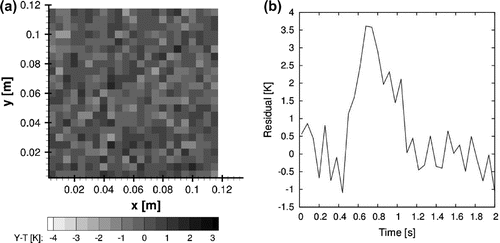
Figure 6. Case#1 estimates at s using the improved lumped analysis: (a) temperature and (b) heat flux.
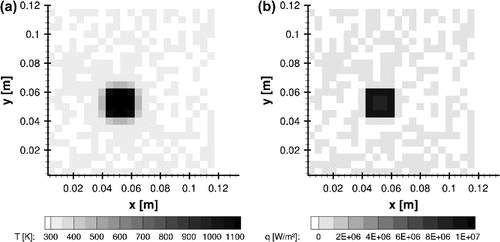
Table 2. Parameters of the heat flux used in the simulation of measurements for Case#2.
Figure 7. Case#1 time evolution of temperature at (a) and heat flux (b) at the selected control volume using the improved lumped analysis.

Figure 8. Case#1 analysis of the residuals from improved lumped analysis with unsteady heat flux applied at : (a) spatial distribution at
s and (b) time evolution at the selected control volume.
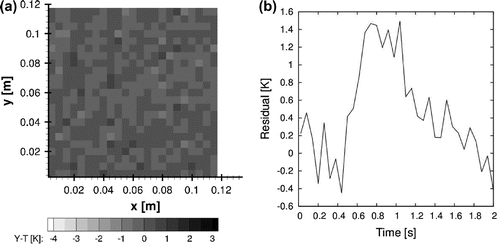
Figure 10. Case#2 estimates at s using the classical lumped analysis: (a) temperatures and (b) heat flux.
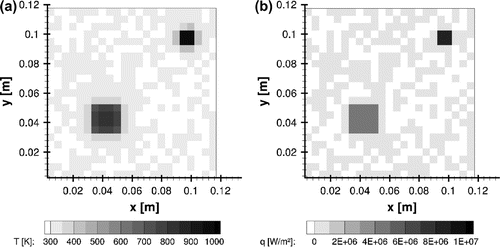
Figure 11. Case#2 time evolution of temperature at (a) and heat flux (b) at the selected control volume at
mm using the classical lumped analysis.

Figure 12. Case#2 time evolution of temperature at (a) and heat flux (b) at the selected control volume at
mm using the classical lumped analysis.
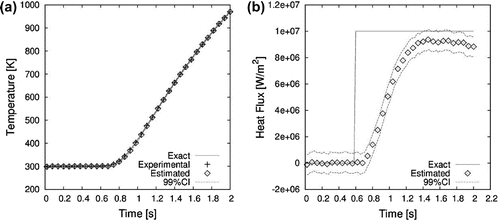
Figure 13. Case#2 time evolution of the residuals from classical lumped analysis: (a) mm and (b)
mm.
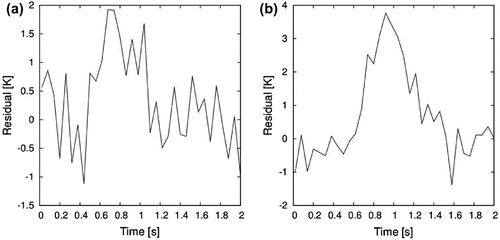
Figure 14. Case#2 spatial distribution of the residuals from classical lumped analysis: (a) s and (b)
s.
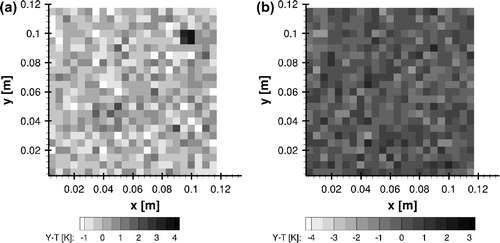
Figure 15. Case#2 estimates at s using the improved lumped analysis: (a) temperatures and (b) heat flux.
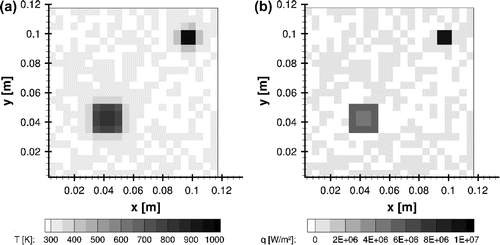
Figure 16. Case#2 time evolution of temperature at (a) and heat flux (b) at the selected control volume at
mm using the improved lumped analysis.
